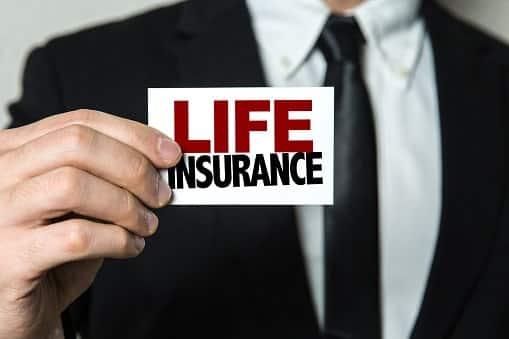How do you convert a term life policy?
First, make sure your term life policy is convertible, and determine the deadline for converting the policy. If you've passed the deadline for conversion, you're out of luck – you'll need to shop for a new life insurance policy to get permanent coverage.
If the deadline hasn't passed, find out what types of permanent life insurance policies are available for the conversion. This will depend on the company that sold you the term life policy. In some cases, you may choose between universal life and whole life policies.
Talk to your life insurance agent about the type of permanent insurance that best meets your needs and how much of your term life policy you'd like to convert.
When and how much to convert depends on your life insurance needs and how much you can afford. Once you're ready to convert, the process is simple. You contact the insurance company, sign forms and send a check.
Can you convert part of your term life insurance?
You don't have to convert all of the term life policy; you can convert portions of the policy in phases. For example, you may decide to convert half of a $1 million term life policy to permanent insurance and do the conversion $100,000 at a time.
Will your life insurance premiums increase if you convert a term policy to a permanent one?
Yes, but probably not as much as if you try to buy a new permanent policy. First of all, permanent life is more expensive than term life, largely because it doesn't expire. That means higher rates.
When you convert, you will be charged premiums based on your current age. So, if you took out that term policy at 25 years old and you're now 40, you will pay the rates for that age group.
However, since a medical exam is usually not required, any changes in your health since you applied for the term policy won't impact what you pay for the permanent policy. If you've developed a condition that would affect your rates, converting will be less costly than trying to get a new policy.





